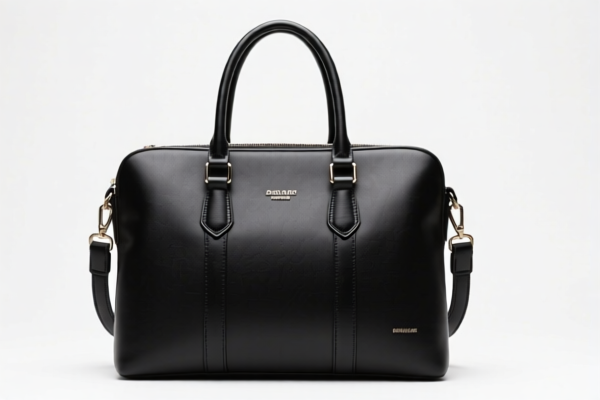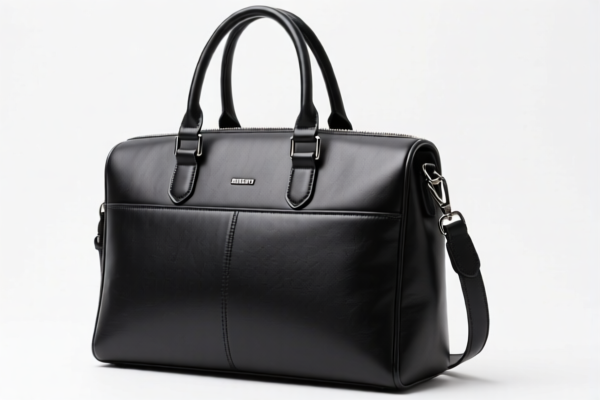| HS Code | Official Doc | Tariff Rate | Origin | Destination | Effective Date |
|---|---|---|---|---|---|
| 4202128130 | Doc | 72.6% | CN | US | 2025-05-12 |




Analysis of HS Code 4202.12.81.30: MEN SHOULDER BACKPACK (Attache Cases, Briefcases, School Satchels, etc.)
This analysis provides a detailed breakdown of HS Code 4202.12.81.30, focusing on its implications for import duties and compliance.
1. HS Code Structure & Meaning:
The HS Code is a globally standardized system used to classify traded products. Here's a breakdown of 4202.12.81.30:
- 42: Articles of leather, travel goods, handbags, wallets and similar articles; articles of animal gut of vegetable fibers not elsewhere specified in this chapter. This broadly defines the category as leather goods and travel-related items.
- 02: Trunks, suitcases, vanity cases, attache cases, briefcases, school satchels, spectacle cases, binocular cases, camera cases, musical instrument cases, gun cases, holsters and similar containers; traveling bags, insulated food or beverage bags, toiletry bags, knapsacks and backpacks, handbags, shopping bags, wallets, purses, map cases, cigarette cases, tobacco pouches, tool bags, sports bags, bottle cases, jewelry boxes, powder cases, cutlery cases and similar containers. This narrows down the category to specific types of containers and bags.
- 12: With outer surface of plastics or of textile materials. This specifies that the item has an outer surface made of either plastic or textile materials.
- 81: With outer surface of textile materials. Further specifies the outer surface is made of textile materials.
- 30: Of man-made fibers. Indicates the textile material used is composed of man-made fibers (e.g., polyester, nylon).
Therefore, HS Code 4202.12.81.30 specifically covers men's shoulder backpacks (and similar containers) with an outer surface made of textile materials composed of man-made fibers.
2. Tax Implications (Based on Provided Data):
- Basic Tariff: 17.6%
- Additional Tariff: 25.0%
- Total Tariff (Current): 72.6%
- Additional Tariff (After April 2025): 30.0% (This means the total tariff will increase to 47.6% + Basic Tariff after April 2025)
Important Note: Tariff rates are subject to change based on trade agreements and government policies. Always verify the latest rates with customs authorities before importing.
3. Key Considerations & Compliance:
- Material Verification: Crucially, confirm the exact composition of the textile material. If the material contains a significant percentage of natural fibers (e.g., cotton, wool), a different HS Code might be more appropriate, potentially affecting the tariff rate. Provide a material composition report if requested by customs.
- Single Price: The declared value (single price) of the backpack is critical for tariff calculation. Ensure accurate valuation.
- Certification: Depending on the destination country, you may need to provide certifications related to the textile content (e.g., fiber content labels, origin certificates). Check the import regulations of the specific country.
- Country of Origin: The country of origin is essential for determining applicable trade agreements and potential tariff reductions.
- Functionality: While classified as a backpack, if the item has specialized features (e.g., designed for laptops with specific protective elements), customs might request further clarification.
4. Recommendation:
To ensure accurate classification and avoid potential delays or penalties, it is highly recommended to:
- Consult with a Licensed Customs Broker: A broker can provide expert guidance on HS Code classification, tariff rates, and import regulations.
- Provide Detailed Product Specifications: Include a comprehensive description of the backpack, including dimensions, materials, features, and intended use.
- Obtain a Binding Ruling (Optional): If you are unsure about the correct HS Code, you can request a binding ruling from the customs authorities. This provides legal certainty regarding the classification of your product.
Disclaimer: This analysis is based on the information provided and general understanding of HS Code classification. It is not a substitute for professional customs advice. Always consult with a licensed customs broker or customs authorities for accurate and up-to-date information.
Customer Reviews
The explanation of the HS code structure was very helpful. I had no idea that the outer surface material could affect the classification. A bit technical, but accurate.
I was looking for details on HS Code 4202.12.81.30 for exporting men's backpacks to the US. The page has everything I needed, including the tariff rate and the effective date.
Good info on the tariff rates and the structure of the HS code. I found the part about the material composition helpful, but I wish there were more examples of similar products.
The breakdown of HS Code 4202.12.81.30 was really clear. I now understand why my men's shoulder backpack is classified under this code and what the tariff implications are.